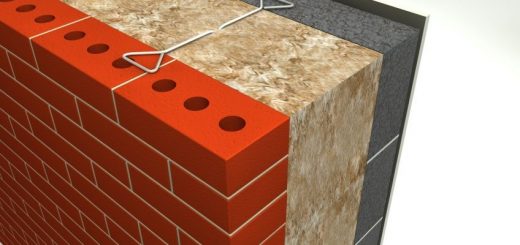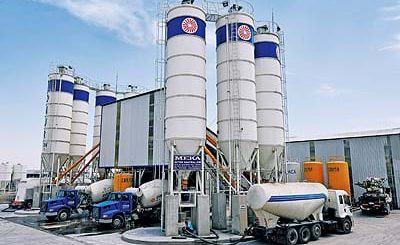15 Units of Acceleration
by Prasad ·
The acceleration is the rate of change of the velocity of an object with respect to the time. In other words, it is the measure of how past the velocity is changing. In this article will be discussing about units of acceleration.
Mathematically, acceleration (a) is defined as the change in velocity (v) divided by the change in time (t):
a=Δv / Δt
Where:
- a is acceleration,
- Δv is the change in velocity,
- Δt is the change in time.
Internationa system of units (SI) for acceleration is meters per second squared (m/s²) as acceleration SI unit. Since it is a vector, it can be express in any direction and it can be positive and negative with the increase and decrease of accelerations.
There are many acceleration measuring units used all over the world but as mentioned above, the acceleration SI unit is the most common acceleration measurement unit.
The standard unit of acceleration in the International System of Units (SI) is meters per second squared (m/s²). If an object’s velocity increases over time, it experiences positive acceleration; if it decreases, it experiences negative acceleration, which is often referred to as deceleration.
In addition to the linear acceleration, there is angular acceleration and angular acceleration unit is radians per second squared (rad/s²). This is used in the rotation acceleration calculations.
Some of the commonly used units of acceleration are as follows:
Meter per Second Squared (m/s²):
The meter per second squared is the standard unit of acceleration in the International System of Units (SI). It represents the change in velocity per second.
Kilometer per Hour Squared (km/h²):
While not a standard SI unit, kilometer per hour squared is sometimes used in contexts where speed is measured in kilometers per hour. It represents the change in velocity per hour.
G (Gravity):
The “g” is a unit of acceleration equal to the acceleration due to gravity on the Earth’s surface, approximately 9.8 meters per second squared. It is commonly used in aerospace and sports to express acceleration relative to gravity.
Foot per Second Squared (ft/s²):
The foot per second squared is a unit of acceleration in the imperial and U.S. customary systems, representing the change in velocity per second.
Gal (Galileo):
The gal is a unit of acceleration named after Galileo Galilei. One gal is equal to 1 centimeter per second squared (cm/s²).
Inch per Second Squared (in/s²):
The inch per second squared is used less frequently but can be encountered in certain engineering and physics applications.
Milligal (mGal):
The milligal is one thousandth of a gal and is often used in geophysics to express small accelerations related to gravitational variations.
Parsec per Year Squared (pc/yr²):
In astronomy, this unit is used to express very small accelerations, particularly in the study of celestial bodies.
Standard Gravity (gn):
Standard gravity is a unit used in engineering and physics contexts and is equal to the acceleration due to gravity. It is approximately 9.80665 m/s².
Knot per Second (kn/s or kn²):
The knot per second is a unit of acceleration used in aviation and maritime contexts, representing the change in speed per second.
In addition to above some other units of acceleration that are not that common as follows.
Microgal (μGal):
The microgal is one millionth of a gal and is often used in precise measurements related to gravitational variations.
Millimeter per Second Squared (mm/s²):
A smaller unit of acceleration, the millimeter per second squared, is sometimes used for very detailed measurements.
Kiloparsec per Megayear Squared (kpc/Myr²):
This unit is utilized in astrophysics to express accelerations on an astronomical scale, particularly in the study of galaxy dynamics.
Terrestrial Gravity Unit (tgu):
The terrestrial gravity unit is used in geophysics and is defined as one microgal. It’s often employed to express small variations in Earth’s gravity field.
Earth’s Surface Gravity (gs):
Earth’s surface gravity is a unit used to express acceleration due to gravity at the Earth’s surface, equivalent to 1 g or approximately 9.8 m/s².
These additional units offer more specialized ways to measure acceleration, catering to specific applications in various scientific and technical fields.



